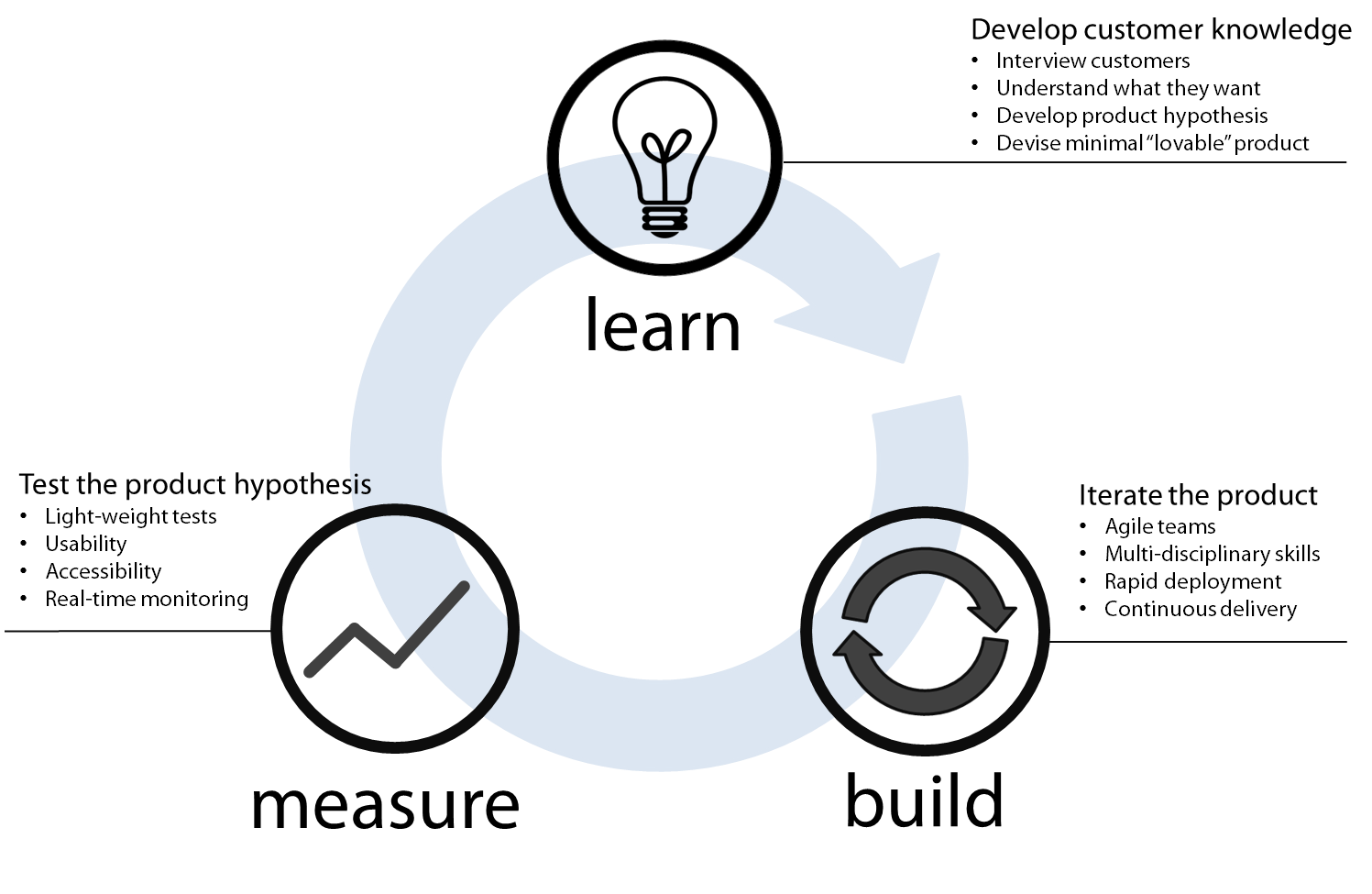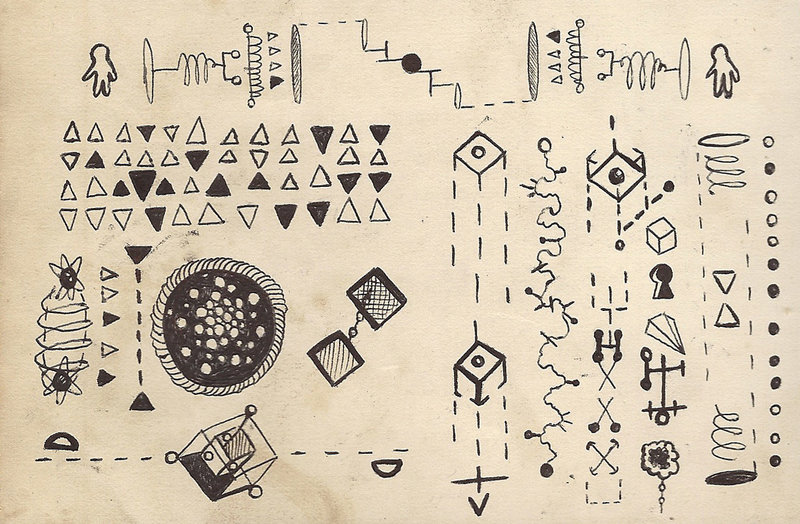Design Thinking: Divergence and Convergence Cycles
In the creative process, you start with an idea. You explore aspects of that idea – go wide – and diverge into many directions to better understand and define your problem. You follow many paths – some lead to dead-ends, some stray too far off from your vision and some lead to the same … Read more




